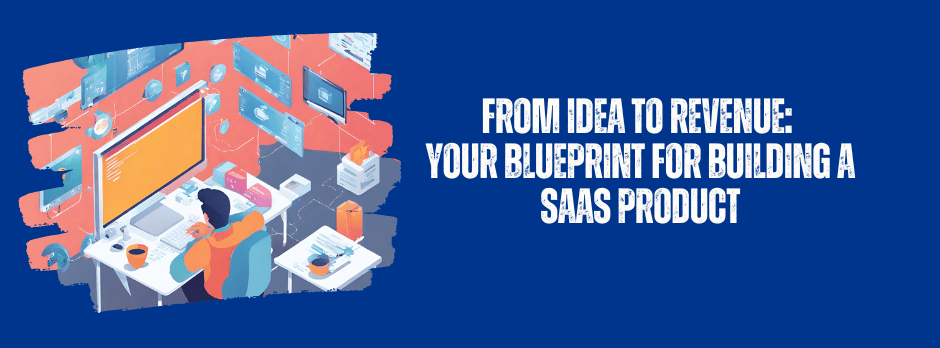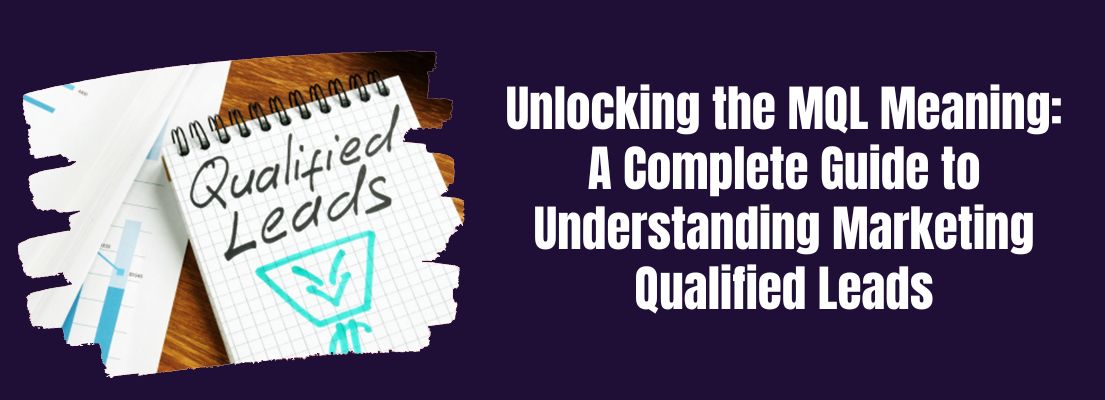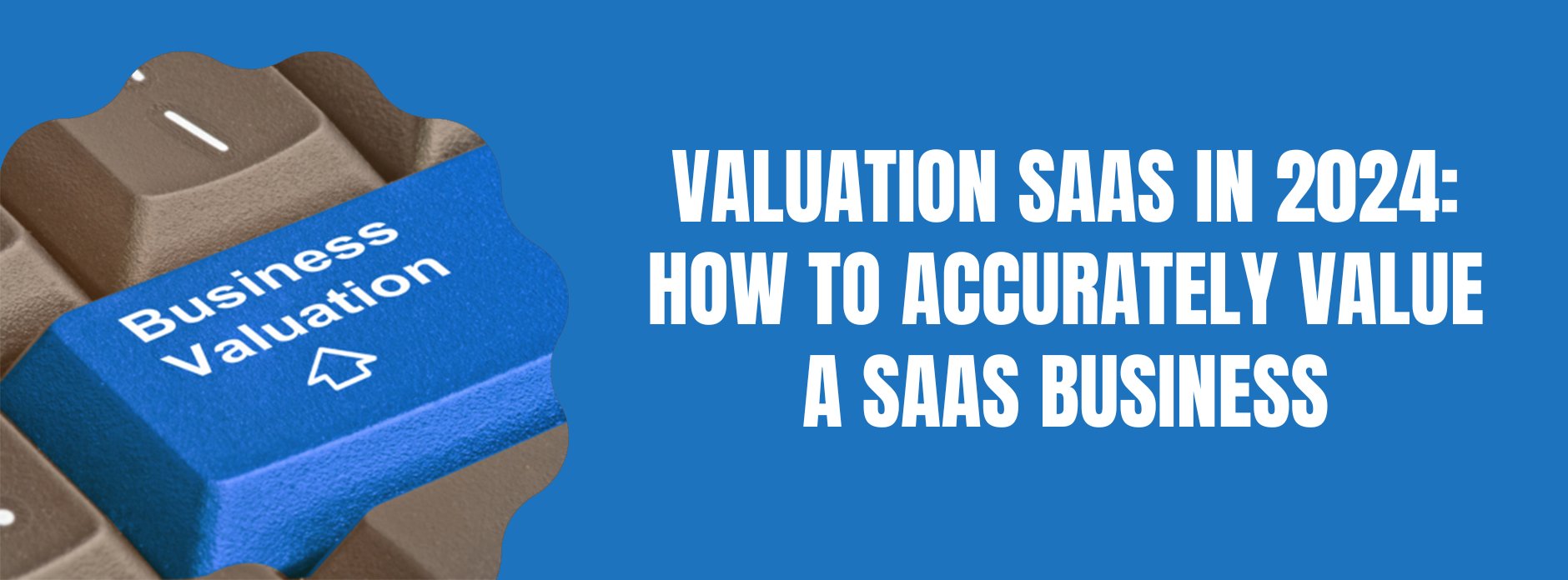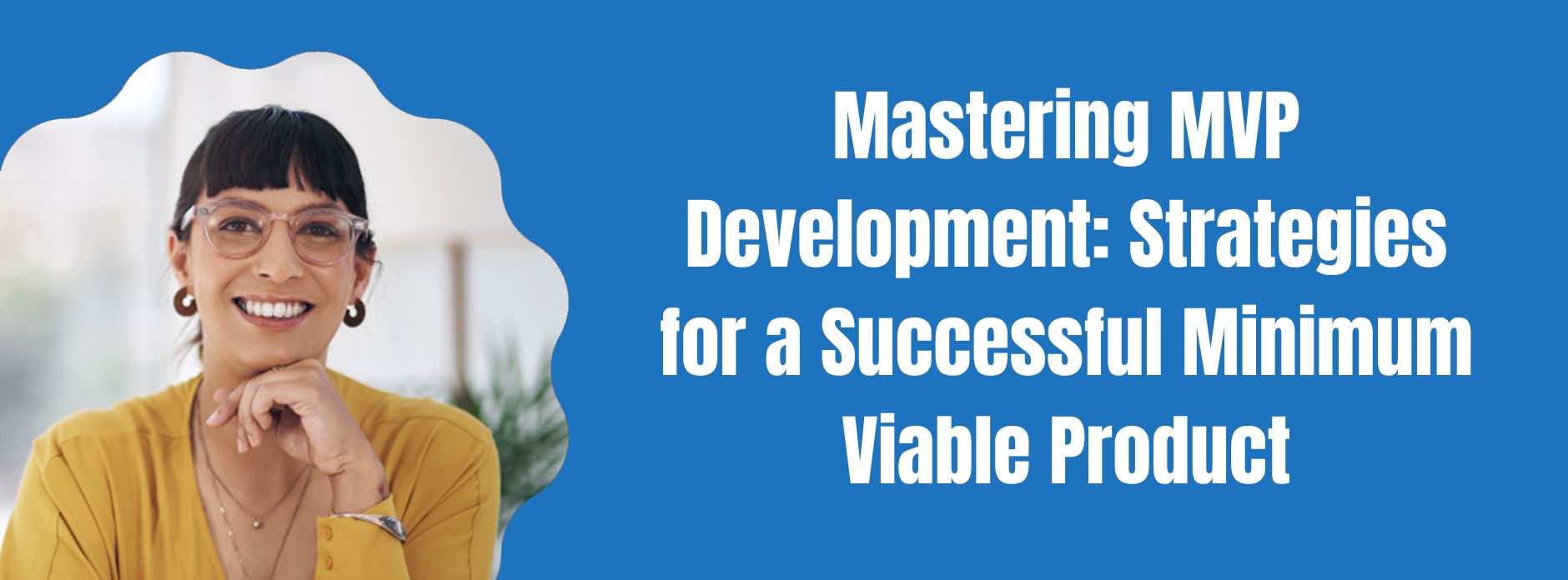What if we told you that in just a few months, you could turn your idea into a fully functioning, revenue-generating SaaS product?
And what if you could do it without breaking the bank or needing a team of engineers? Intrigued?
Keep reading to discover the blueprint that has empowered countless entrepreneurs to transform their visions into thriving SaaS businesses.
Short Summary
- Understand the advantages of SaaS to revolutionize your software industry and maximize profits.
- Identify a niche, target audience & problem worth solving to create a successful product that resonates with customers.
- Utilize pre-launch strategies, customer retention techniques & user feedback for continual success!
Understanding the SaaS Business Model
The SaaS business model has revolutionized the software industry by offering customers the power to access software applications over the Internet. The key components of a SaaS business model, such as subscription-based pricing, cloud hosting, and automatic updates, make it even more appealing. SaaS providers are increasingly adopting popular pricing models like recurring monthly or yearly fees, usage-based pricing, and the freemium subscription model, to maximize their profits. In this context, the Saas model has become a game-changer for many businesses.
Software as a service (SaaS) applications, also known as cloud computing model saas software, offer several advantages over traditional software installations.
- They are hosted in the cloud, eliminating the need for customers to install software on their devices.
- This cloud-based approach allows for easier scalability, improved accessibility, and the convenience of automatic updates.

- A resilient hosting environment is essential for SaaS development, ensuring that the servers are always up and running while optimizing the infrastructure for maximum performance.
- These benefits make SaaS an attractive option for businesses looking to streamline their processes and minimize costs.
Key Components of the SaaS Business Model
The core components of the SaaS business model include:
- Subscription-based pricing: flexible and cost-effective, allowing customers to only pay for the resources they need
- Cloud hosting: ensures that applications are always accessible and up-to-date
- Automatic updates: ensure that customers always have the latest features and functionality, making their experience with your SaaS product seamless and hassle-free.
When it comes to pricing your SaaS product, it’s essential to consider the different models available. Here are some options to consider.
- Recurring monthly or yearly fees: This model provides a predictable revenue stream.
- Usage-based pricing: This allows customers to pay for only the resources they need, saving them money.
- Freemium model: This offers a free version of your product with limited features, encouraging users to upgrade to a paid subscription for additional functionality.
You can optimize your revenue and ensure the success of your SaaS business by choosing the right pricing model for your target audience.
Benefits of SaaS for Businesses
SaaS provides many benefits not only for the SaaS companies but also for their customers.
- Cost efficiency
- Flexible pricing models
- Personalization
- Automation
- Reduced IT costs
- Easy scalability
- Remote accessibility
The subscription-based pricing model of SaaS cloud services allows businesses to scale their software usage according to their needs, ensuring they only pay for what they require. Additionally, SaaS apps offer greater accessibility and availability compared to traditional software, with 24/7 tech support and on-demand scaling.

One of the most significant advantages of SaaS is its ability to improve the speed of IT service delivery and enable business continuity. This is achieved through lower total cost of ownership, reduced resource waste, and increased accessibility for end-users. Businesses can focus on their core objectives while enjoying the benefits of a secure, cost-effective, and user-friendly software solution by adopting a SaaS solution.
Identifying Your SaaS Niche and Target Audience
To build a successful SaaS product, it’s crucial to focus on solving a specific problem and catering to a specific market segment. You can tailor your product to the unique needs of your customers and ensure its viability in the market by identifying a niche and target audience.
In this section, we’ll explore how to find a problem worth solving and define your target audience to maximize the potential of your SaaS product.
Finding a Problem Worth Solving
Uncovering potential opportunities in the market starts with exploring market trends, examining competitors, and recognizing gaps in the market. You can identify a unique SaaS idea that fills a need and offers a valuable solution to your target audience by conducting thorough research. For example, a CRM tailored to the needs of restaurants could be an excellent option for a niche SaaS product.
Validating your SaaS idea is crucial for its success. You can gain valuable insights into their needs and preferences by conducting market research and engaging with potential customers. This understanding will help you refine your SaaS solution and make it a perfect fit for your target audience.
Defining Your Target Audience
Defining your target audience is essential for creating a successful SaaS product. You can tailor your product to their specific requirements by understanding their needs, preferences, and willingness to pay for your solution. Consider factors such as demographics, industry, and pain points when identifying your target audience, as this will help you develop a product that meets their unique needs.
To ensure your SaaS product resonates with your target audience, it’s essential to continuously gather insights and feedback from them. This can be achieved through surveys, user interviews, and analytics, which can provide valuable information to help you refine your product offering and better cater to your audience’s needs.
You can create a product that truly addresses their needs and ensures the success of your SaaS business by focusing on your target audience.
Planning and Validating Your SaaS Idea

Before diving into development, it’s essential to plan and validate your SaaS idea.
Creating a lean business plan and conducting market research are crucial steps to ensure your SaaS product’s viability and potential success.
This section will explore how to create a business plan and validate your idea through market research.
Creating a Lean Business Plan
A lean business plan is a streamlined version of a traditional business plan, focusing on:
- Your SaaS product’s value proposition
- Target audience
- Revenue model
- Marketing strategy
You can create a roadmap for successful SaaS product development and ensure that your product addresses the needs of your target audience by outlining these critical elements.
Having a well-formulated business plan is essential for:
- Understanding causality and executing the marketing plan with precision
- Capitalizing on growth opportunities and maximizing revenue
- Navigating the challenges of SaaS development and bringing your product to market
- With a solid business plan in place, you’ll be better equipped to achieve success.
Validating Your Idea with Market Research
Validating your SaaS idea with market research is crucial for determining its potential success. You can gather valuable insights and refine your product offering to meet customer needs by conducting competitor analysis, customer interviews, and surveys. Market research can also help you identify the target audience, competitors, pricing strategy, and niche for your SaaS product.
To validate your idea, it’s essential to engage with potential customers and gather their feedback. This can be achieved through in-depth discussions, surveys, and user interviews, which can provide invaluable insights into their needs and preferences. You can ensure that your SaaS solution is tailored to the unique needs of your target audience and has the best chance of success by incorporating this feedback into your product development.
Building Your SaaS Minimum Viable Product (MVP)
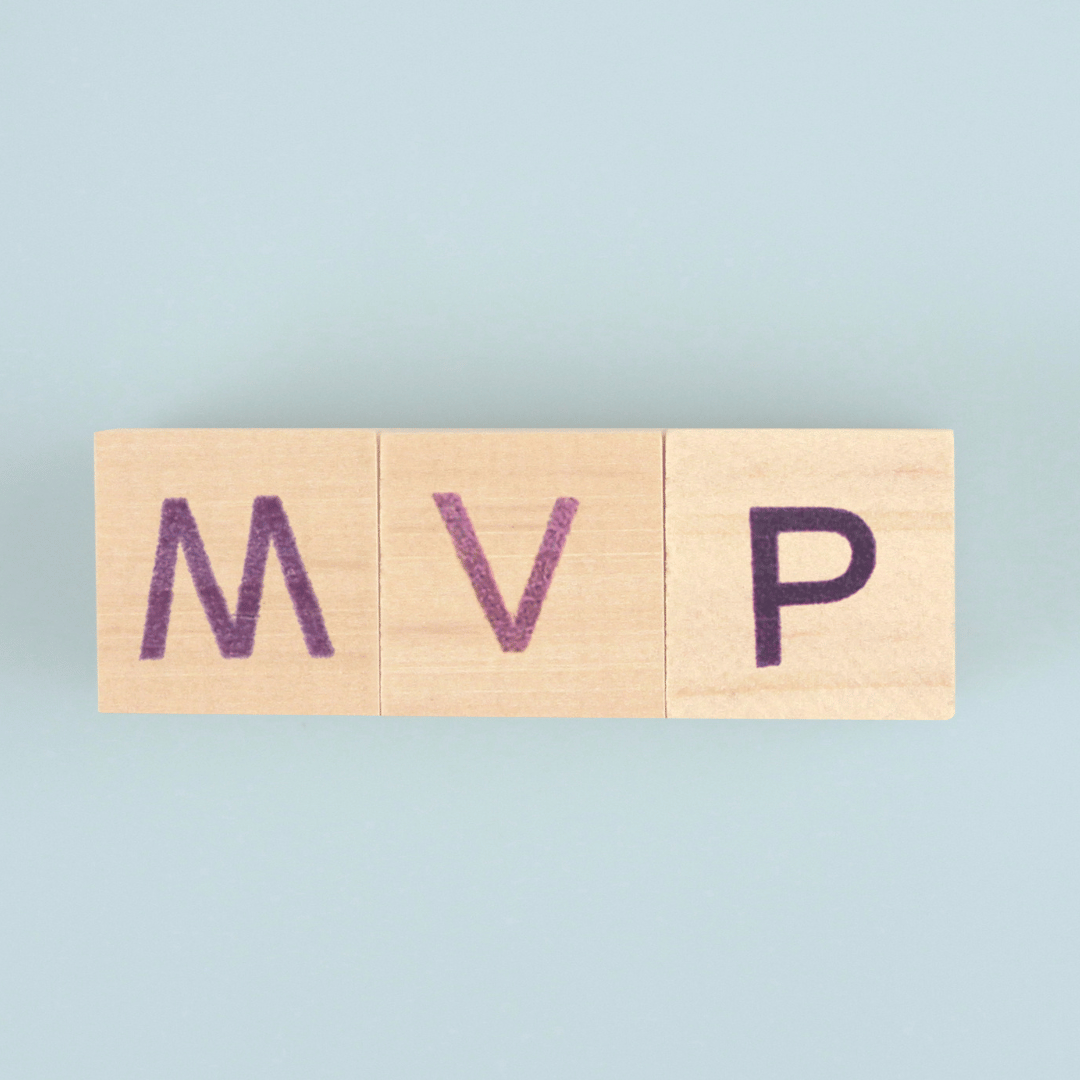
Once you’ve planned and validated your SaaS idea, it’s time to start building your Minimum Viable Product (MVP). An MVP is a functional prototype with the most essential features, allowing you to test your product with early adopters and users and gather valuable feedback.
This section will discuss how to define your MVP’s core features and develop a functional prototype.
Defining Your MVP’s Core Features
When defining your MVP’s core features, it’s essential to prioritize the most critical functionalities that address your target audience’s needs. You can ensure that your MVP effectively solves the problem you’ve identified and provides value to your users by focusing on these essential features. This focus will also help you streamline development and avoid unnecessary complexities.
It’s crucial to strike a balance between including essential features and avoiding feature bloat. While it’s tempting to include every possible feature in your MVP, doing so can lead to an overly complex product that’s difficult to use and maintain. You can create a lean, effective MVP that sets the foundation for your SaaS product’s success by focusing on the core features that truly address your target audience’s needs.
Developing Your MVP
Developing your MVP involves using agile methodologies and iterative development processes to quickly bring your SaaS product to market. Agile development allows for greater flexibility and adaptability, enabling you to make adjustments as needed throughout the development process. This approach ensures that your MVP is built efficiently and effectively, while still meeting the needs of your target audience.
To develop your MVP, you’ll need a team of skilled developers with experience in SaaS application development. Collaborating with a dedicated development team, whether in-house or outsourced, can help ensure that your product is built to the highest standards and with the latest technology. You can quickly launch into beta testing your MVP and begin gathering valuable user feedback by focusing on building a functional prototype with the core features prioritized.
Launching and Marketing Your SaaS Product
Launching and marketing your SaaS product is an essential step in achieving success.
You can attract and retain customers by implementing pre-launch strategies and ongoing marketing efforts, ultimately driving user acquisition and growth.
This section will discuss leveraging pre-launch strategies and engaging in ongoing marketing efforts to promote your SaaS product.

Pre-Launch Strategies
Pre-launch strategies are crucial for creating anticipation and excitement around your SaaS product. Here are some effective strategies to consider.
- Build a landing page to capture leads and generate interest in your product.
- Grow an email list by offering valuable content or incentives to potential customers.
- Leverage social media platforms to engage with your audience, share updates, and create buzz.
- Partner with influencers in your niche who can give your product a shoutout and help increase its visibility.
You can generate buzz and prepare your audience for the launch of your SaaS product by implementing these strategies.
Getting a jump start on your marketing campaign can help you create a dedicated group of users eagerly waiting for the launch. You can ensure that your product is on their radar and increase the chances of a successful launch by establishing a strong online presence and engaging with potential customers.
Ongoing Marketing Efforts
Ongoing marketing efforts are necessary to sustain the growth of your SaaS product and drive user acquisition. Some effective strategies for promoting your product and reaching a wider audience include:
- Content marketing
- SEO
- Social media advertising
- Influencer partnerships
Regularly evaluating the results of your marketing efforts and adjusting your strategy accordingly can guarantee that your marketing campaigns are successful and continue to attract new users.
It’s essential to maintain a consistent marketing presence to ensure that your SaaS product remains visible and relevant in the market. You can keep your audience engaged and ensure that your product continues to meet their needs by continually updating and refining your marketing strategy.
Also Read: What Is Demand Gen Marketing? Understanding the Basics of Demand Generation
Scaling and Improving Your SaaS Business

As your SaaS product gains traction, it’s essential to focus on scaling and improving your business. Customer retention strategies and gathering user feedback are critical components of this process, as they can help you refine your product offering and address any issues that may arise.
In this section, we’ll discuss how to implement customer retention strategies and gather user feedback to continuously improve your SaaS product and grow your business.
Customer Retention Strategies
Customer retention is vital for the long-term success of your SaaS business. With excellent customer support, providing regular updates, and implementing loyalty programs, you can keep users engaged and ensure their loyalty to your product. Prioritizing customer support not only fosters trust but also ensures that customers get the most out of your product and are satisfied with their experience.
In addition to providing excellent customer support, it’s essential to keep your product up-to-date with the latest features and technology. Regular updates can help maintain user interest and ensure that your product continues to meet their needs. Implementing loyalty programs can also incentivize users to continue using your product and recommend it to others, further boosting customer retention and engagement.
Gathering and Implementing User Feedback
User feedback is invaluable for continuously improving your SaaS product and addressing customer needs. Collecting feedback via surveys, user interviews, and analytics allows you to understand how customers use your product, identify their favorite features, and pinpoint areas for improvement. This feedback can then be used to inform product development decisions and ensure that your product is meeting customer needs and exceeding their expectations.
Implementing user feedback is an ongoing process and requires regular updates and improvements to your product. Actively interacting with your users and integrating their feedback helps keep your SaaS product relevant and aligned with the needs of your target audience. This proactive approach can help you identify areas of improvement and capitalize on growth opportunities, ultimately leading to a more successful SaaS business.
Overcoming Common Challenges in SaaS Development
SaaS development presents its own unique set of challenges, such as ensuring security and compliance and balancing feature development with maintenance.
Overcoming these challenges is crucial for the success of your SaaS product and the growth of your SaaS software company. Working with expert development team and skilled SaaS developers can help you navigate these challenges effectively.
In this section, we’ll discuss how to address common challenges in SaaS development and ensure the security and compliance of your product while maintaining a balance between innovation and maintenance.

Ensuring Security and Compliance
Security and compliance are of utmost importance in SaaS development, as multiple tenants share the SaaS platform, and user data must be safeguarded. Implementing robust security measures, adhering to industry standards, and regularly updating your SaaS product can help protect user data and ensure compliance. Proactive steps such as:
- Securing software development
- Encrypting and managing keys
- Hardening and patching systems
- Managing firewalls and routers
can further strengthen your product’s security.
Maintaining a strong focus on security and compliance throughout the development process can help ensure that your SaaS product meets the highest standards and provides a safe, reliable experience for your users. Prioritizing security and compliance not only builds trust with your customers but also reduces the risks related to data breaches and non-compliance.
Balancing Feature Development with Maintenance
Balancing feature development with maintenance is essential for the ongoing success of your SaaS product. Prioritizing essential updates and bug fixes while allocating resources for both new features and ongoing maintenance can help ensure that your product remains up-to-date and continues to meet the needs of your users. Utilizing agile methodologies, such as Scrum, can help you focus on both innovation and maintenance while prioritizing essential updates and bug fixes.
Allocating resources strategically and maintaining a balance between developing new features and sustaining existing ones is critical for the long-term success of your SaaS product. You can ensure that your product remains relevant and continues to address the evolving needs of your target audience by continually evaluating and adjusting your development priorities.
Summary
In conclusion, building a successful SaaS product requires a deep understanding of the SaaS business model, identifying a niche and target audience, thorough planning and validation, and dedicated development and marketing efforts. With a focus on customer retention strategies and gathering user feedback, you can continuously improve your SaaS product and grow your business. Tackle common challenges in SaaS development, such as ensuring security and compliance, and balancing feature development with maintenance, to ensure your product’s long-term success. With dedication and perseverance, you’ll be well on your way to launching a thriving SaaS business.
Frequently Asked Questions
How to build a SaaS by yourself?
Analyze the market, develop a business plan, define SaaS requirements, choose the right technical stack (incl. code vs. no-code vs. a clickable mockup), create a team, and build an MVP – these are the steps to build a successful SaaS product from scratch.
Each step requires careful consideration and planning. Market analysis should include research into the target audience, competitors, and industry trends. A business plan should include a detailed description of the product, pricing, and marketing strategy. SaaS requirements should include scalability, security, and performance. The technical stack should be chosen based on the technical stack.
How difficult is it to build a SaaS?
Building a SaaS requires significant effort, planning, expertise, and resources to ensure security, scalability, user-friendliness, and monetization.
It is important to consider all of these factors when designing and developing a SaaS product. Security should be a top priority, as it is essential to protect user data and ensure the integrity of the system. Scalability is also important.
What are the key components of a SaaS business model?
SaaS business models are characterized by subscription-based pricing, full cloud computing and hosting, and automatic updates – an attractive combination for users seeking modern technology solutions.
These features make SaaS solutions an attractive option for businesses looking to stay up-to-date with the latest technology. They provide a cost-effective way to access the latest features and updates without having to invest in expensive hardware or software.
How can I validate my SaaS idea?
Test your SaaS idea through a lean business plan and comprehensive market research to determine customer needs and desired outcomes, as well as analyze the competition.
Showcase your unique value proposition with a motivating tone to engage potential customers. Ultimately, if you can presell it before developing the SaaS app, then you have the perfect validation.
What are some effective pre-launch strategies for my SaaS product?
Grow your audience’s anticipation for your SaaS product by creating a compelling landing page, growing an email list of interested users, and leveraging social media to create hype.
By crafting a well-designed landing page, you can capture the attention of potential customers and encourage them to sign up for your product. You can also use email marketing to build an engaged list of users who are interested in your product. Finally, leverage social media.

